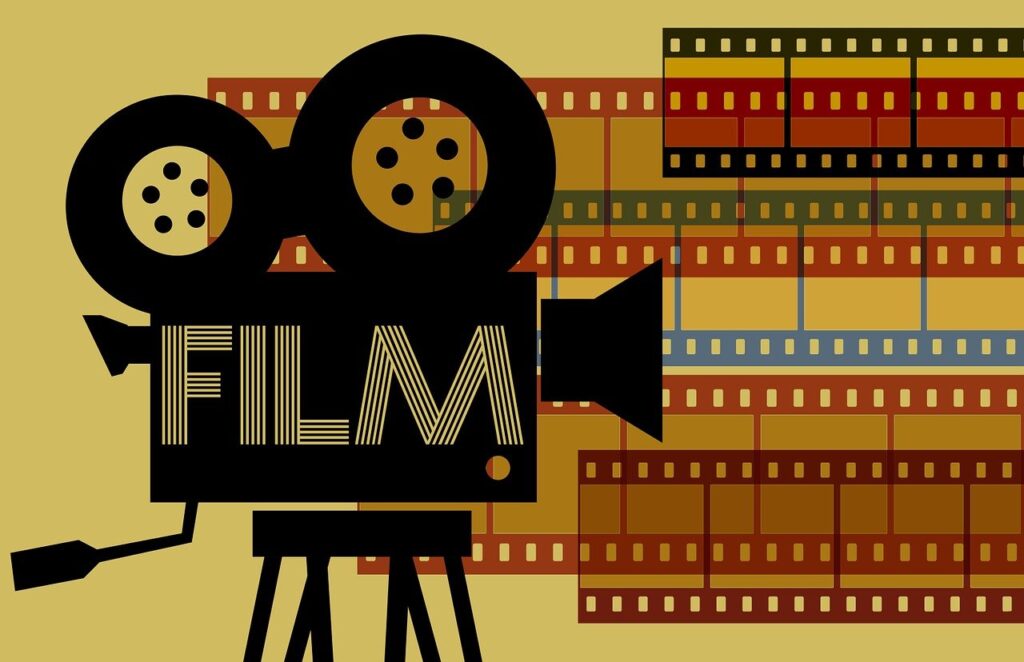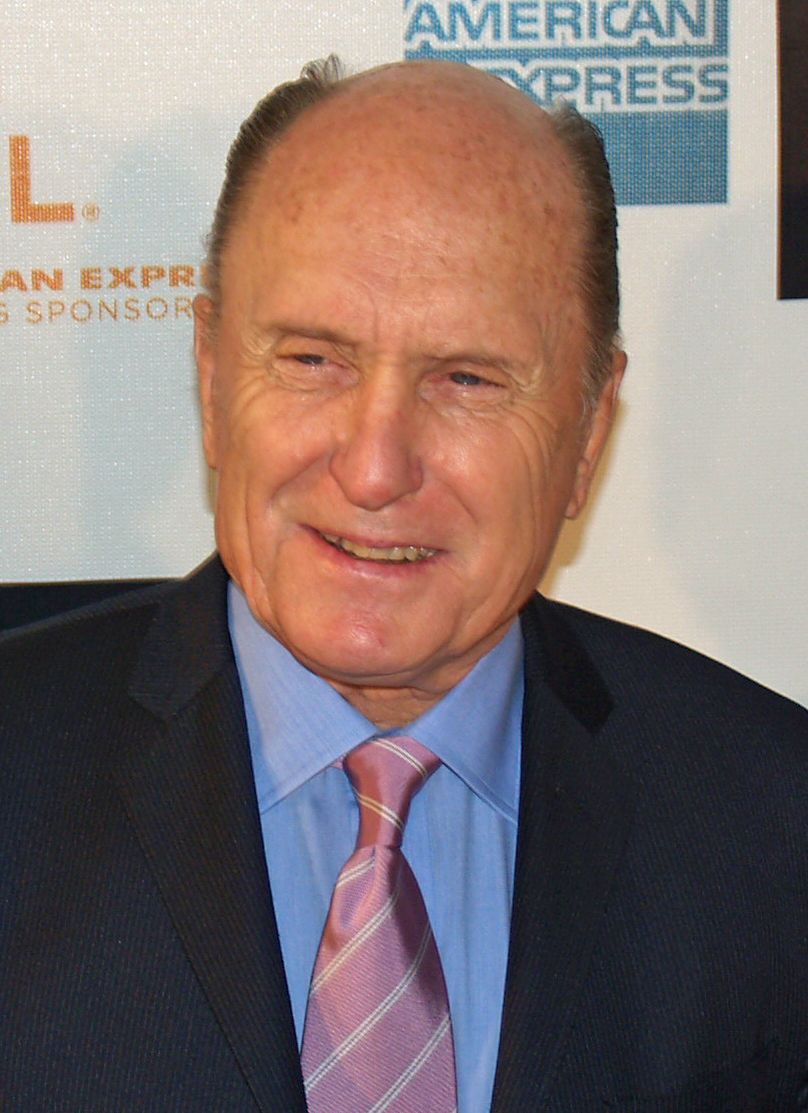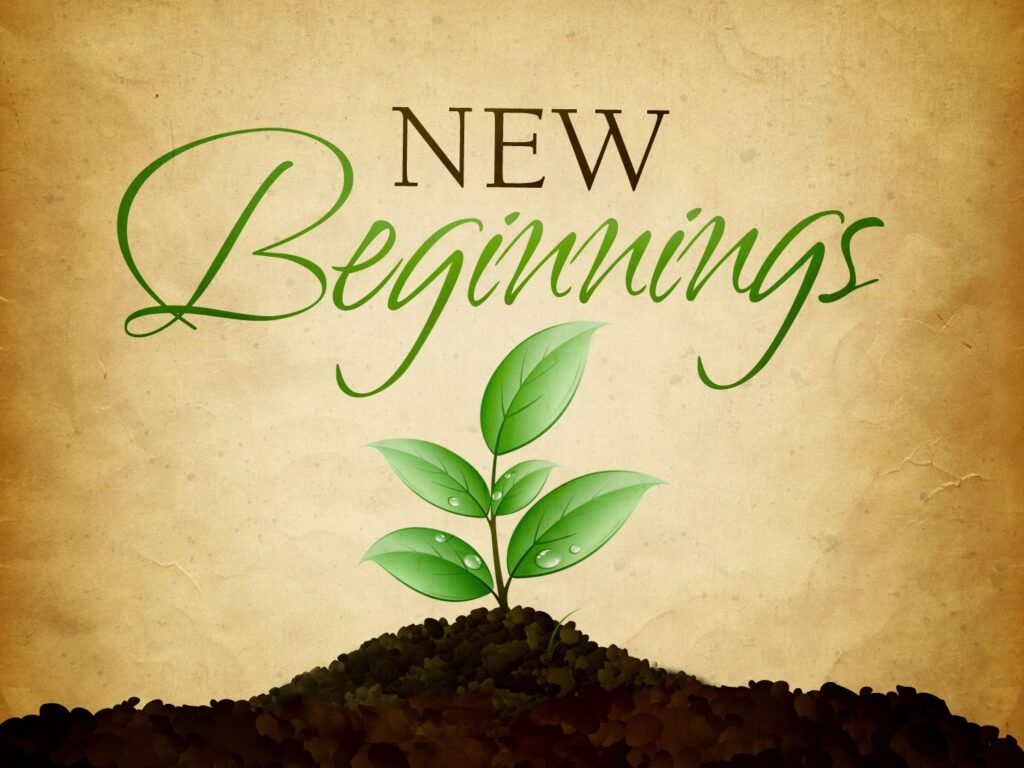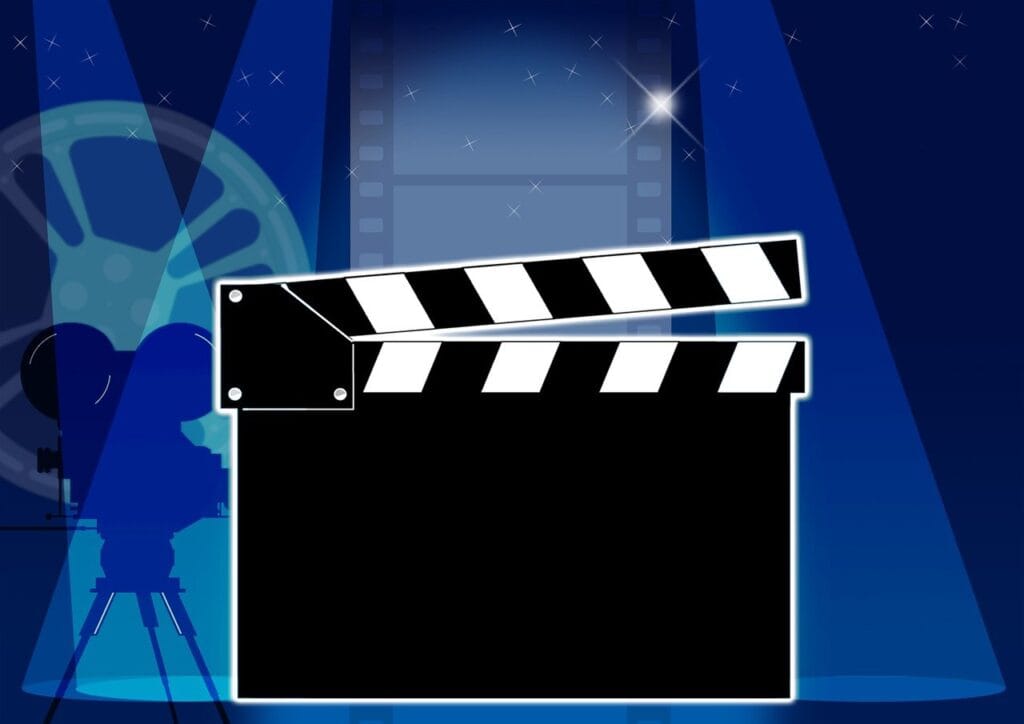
There’s an intriguing, often perplexing, chasm that frequently opens up between the gilded opinions of professional film critics and the resounding roar of a passionate audience. It’s a phenomenon that speaks volumes not just about differing tastes, but about the very essence of what we seek from our cinematic experiences. While one side often dissects films with a surgeon’s precision, weighing artistic merit, narrative complexity, and thematic depth against the canons of film history, the other — the vast, diverse, and delightfully unpredictable global audience — often judges by a different metric: pure, unadulterated enjoyment, emotional resonance, or perhaps even the simple satisfaction of seeing a beloved character brought to life.
This divergence is more than just a matter of preference; it’s a vibrant, ongoing cultural discourse. In an era where platforms like Rotten Tomatoes and CinemaScore make the disparity between critical consensus and audience approval glaringly obvious, we find ourselves constantly questioning: what makes a film a ‘good’ film? Is it the meticulously crafted tableau that critics laud, or the communal experience, the inside joke, the sheer spectacle that captures millions of hearts and dollars at the box office? It’s a fascinating dance, where sometimes, the most critically maligned features become the most ardently defended fan favorites, echoing the sentiment that perhaps, some art isn’t meant for dissecting in a sterile academic environment, but for living, breathing, and celebrating among the masses.
Today, we embark on an illuminating journey through some of the most prominent examples of this cinematic schism. These are the films that critics, with their informed expertise and discerning palates, simply couldn’t get behind, often dismissing them with sharp, incisive critiques. Yet, for reasons that resonate deeply with the movie-going public, these very same films ascended to cult status, box office success, or simply carved out an indelible space in the collective pop culture consciousness. We’re talking about movies that prove that sometimes, the ‘experts’ just don’t get it, and that the true measure of a film’s impact lies not in its reviews, but in the enduring affection of its fans. It’s a testament to the idea that there’s more than one way to define cinematic success, and often, the audience holds the ultimate gavel.

1. **Venom (2018)**When “Venom” burst onto screens in 2018, it arrived with the dual baggage and blessing of being a Marvel-adjacent property, a film starring the ever-transformative Tom Hardy, and helmed by Reuben Fleischer, known for the darkly comedic “Zombieland.” The premise itself was ripe for a certain kind of comic-book mayhem: a hard-hitting TV journalist, Eddie Brock, comes into contact with an alien entity that uses his body as a host, transforming him into the titular anti-hero. Together, they embark on a mission to stop an evil tech billionaire, a narrative beat that feels comfortably familiar within the superhero genre, yet was executed in a way that profoundly divided the cognoscenti from the common viewer.
Critics, by and large, were not just unimpressed; they were, to put it mildly, not taken by Venom. The film was met with a chorus of unfavorable reviews that pinpointed its perceived deficiencies. *Variety*, for instance, famously derided it as “a textbook case of a comic-book film that’s unexciting in its ho-hum competence,” a damning indictment for a genre that thrives on spectacle and innovation. The complaints often revolved around a sense of derivative plotting, a tonal imbalance that swung awkwardly between dark sci-fi and goofy buddy-comedy, and special effects that, while certainly present, didn’t always coalesce into a truly compelling visual experience. For critics accustomed to the polished, interconnected grandeur of the MCU or the thematic weight of a Christopher Nolan entry, “Venom” felt like a misstep, fumbling its promising conceit with what was termed ‘rookie execution.’
Yet, despite this critical panning, “Venom” didn’t just survive; it thrived. Audiences latched onto it with an almost visceral, ‘sticky goo’ embrace, propelling it to a massive $850 million gross worldwide. What was it about this particular symbiotic relationship between man and alien that resonated so deeply with moviegoers? Part of it undoubtedly lies in the sheer charisma of Tom Hardy, whose committed, often bizarre performance as the conflicted Eddie Brock and his internal alien monologue provided an unexpected comedic and character anchor. The film offered a different flavor of superhero storytelling, one that was perhaps less concerned with intricate world-building and more with raw, destructive fun and the bizarre chemistry between its leads.
The appeal for audiences seemed to be multifaceted: it was gritty in a way many superhero films aren’t, a dark romp that didn’t take itself entirely seriously, even if critics found its humor unintentional. The character of Venom, with his monstrous design and morally ambiguous nature, has always held a particular fascination for comic book fans, and seeing him unleashed on the big screen, even if the film around him was flawed, was enough for many. It underscored a fundamental difference in what each group values: while critics sought narrative precision and thematic depth, audiences often gravitated towards pure entertainment, character immersion, and the thrill of seeing a beloved, albeit anti-heroic, figure brought to life with a certain unhinged glee. For fans, ‘Venom’ was a rollicking, if imperfect, ride, a cinematic guilty pleasure they were more than happy to indulge in, far removed from the critical gaze.
Read more about: Unlocking the ‘Garage’ of Genius: Exploring the Rare Classics and Unique Talents of Icons Named Jay

2. **Harlem Nights (1989)**In 1989, at the zenith of his comedic and box office superstardom, Eddie Murphy made a bold move: he leveraged his considerable Hollywood clout to bring a deeply personal passion project to the screen. That project was “Harlem Nights,” a film in which he not only starred, but also took on the formidable roles of writer and director. It was conceived as an homage to the gritty, glamorous world of 1930s crime noir, centering on a nightclub owner in 1938 Harlem who, with his trusted associates, navigates the treacherous waters of rival gangsters and corrupt law enforcement officials. The film was a grand, ambitious undertaking, signaling Murphy’s desire to expand beyond his established comedic persona and craft a piece of cinema that spoke to a different era and genre.
Despite the clear vision and the sheer force of Eddie Murphy’s talent, “Harlem Nights” failed spectacularly to charm the critical establishment. The film, which also boasted an incredible ensemble cast including legends like Richard Pryor, Redd Foxx, and Danny Aiello, was met with widespread critical disdain. It’s hard to imagine a film with such an array of comedic and dramatic talent failing to ‘jazz up’ critics, but fail it did. Iconic film critics Gene Siskel and Roger Ebert, for example, were particularly harsh, famously panning the movie and even dubbing it one of the worst films of 1989. Their criticisms often centered on a perceived lack of coherence, a meandering plot, and humor that, while attempting to capture the essence of a bygone era, often fell flat or felt anachronistic to their trained eyes.
The professional critics of the time seemed to struggle with the film’s tone and pacing, perhaps expecting something more traditionally structured or broadly appealing given Murphy’s track record. They saw a film that, despite its potential and star power, didn’t quite gel, a vanity project that missed its mark. The intricate world-building, the period details, and the genuine affection for the era that Murphy attempted to imbue into the film were largely overlooked or dismissed in favor of critiques about its narrative shortcomings and what was perceived as an uneven performance behind the camera. It was a stark reminder that even the biggest stars couldn’t always guarantee critical approval, especially when venturing into uncharted creative territory.
However, the narrative surrounding “Harlem Nights” takes a significant turn when one considers its reception by the audience. While critics were busy sharpening their knives, moviegoers, particularly over time, embraced the film with open arms, transforming it into a cherished cult classic. Today, it proudly maintains a strong 80% audience approval rating on Rotten Tomatoes, a testament to its enduring popularity and the disconnect from its initial critical mauling. For audiences, the film’s appeal lay in its unique blend of star power, nostalgic aesthetic, and undeniably witty dialogue that, for many, captured the vibrant spirit of a specific time and place. It wasn’t about adhering to conventional cinematic rules; it was about the experience.
The chemistry between Murphy and Pryor, two titans of comedy, was a draw in itself, creating a dynamic that transcended any perceived plot weaknesses. The film’s ensemble cast delivered memorable performances, contributing to an atmosphere that felt more like a grand, stylish hangout film than a tightly plotted crime drama. For many fans, ‘Harlem Nights’ offered a glimpse into a stylized past, filled with larger-than-life characters and sharp, often improvised, comedic exchanges that simply worked. It became a film appreciated for its vibe, its stars, and its unapologetic entertainment value, proving that sometimes, a movie’s true legacy is forged not in the hallowed halls of critical opinion, but in the repeated viewings and enduring affection of its dedicated fanbase.

3. **But I’m a Cheerleader (1999)**“But I’m a Cheerleader,” released in 1999, stands as a vibrant, candy-colored outlier in the canon of satirical comedies. At its heart, the film presents a delightfully subversive premise: a high school cheerleader, played with pitch-perfect naiveté by Natasha Lyonne, is forced by her ostensibly concerned parents to attend a conversion therapy camp. Their objective, cloaked in pastel hues and saccharine platitudes, is to ‘cure’ her of her burgeoning lesbian uality. The film, directed by Jamie Babbit, was designed as a searing, yet hilariously tender, portrait of teen queerness, aiming to lampoon the absurdities and inherent cruelty of an institution that sought to ‘fix’ something that was never broken. It was a bold statement, wrapped in a wonderfully camp aesthetic.
Upon its initial release, however, “But I’m a Cheerleader” encountered a rather frosty reception from professional critics, who largely failed to grasp its nuanced satirical intent. The *Los Angeles Times*, for example, dismissed it for possessing “jaunty, superficial humor,” while *Variety* similarly wrote it off as “shallow.” These reviews suggest a critical lens that perhaps found the film’s stylized, almost cartoonish approach to a serious topic to be lacking in gravitas or subtle intellectual depth. Critics seemed to struggle with the deliberate over-the-top nature of the film, mistaking its heightened reality for a genuine lack of substance, rather than an intentional choice to highlight the ludicrousness of its subject matter through exaggerated irony. The very visual language and tonal choices that made the film unique were, for many critics, its undoing.
The prevailing critical sentiment at the time indicated a discomfort with the film’s direct, unvarnished approach to LGBTQ+ themes, or perhaps a misunderstanding of how satire could be both sharp and visually effervescent. The critics, by and large, seemed to miss the biting commentary hidden beneath the film’s cheerfully vibrant surface. They perhaps overlooked the emotional core that resonated deeply with a specific audience, focusing instead on what they perceived as an aesthetic that trivialized its subject, rather than amplifying its message through artistic exaggeration. This initial critical blind spot proved to be a significant barrier to the film gaining mainstream appreciation from the traditional arbiters of taste.
Yet, despite this initial critical cool-off, audiences, especially the LGBTQ+ community and its allies, immediately recognized and embraced “But I’m a Cheerleader.” The film quickly garnered a loyal following, with fans ‘rooting from the benches’ for its unapologetic celebration of identity and its humorous, yet poignant, deconstruction of societal pressures. Its honest portrayal of self-discovery and its joyous defiance of heteronormative expectations struck a chord that transcended critical analysis. For many, it was one of the few films of its era that offered a genuinely affirming, if comedic, look at queer youth, providing a much-needed sense of visibility and validation.
This early audience embrace blossomed into significant retrospective praise, solidifying its status as a vital piece of queer cinema. *Curve* magazine, recognizing its burgeoning importance, called it “incredible” in 2003, highlighting its groundbreaking nature. Later, in 2015, *AfterEllen* went even further, dubbing it “one of the best lesbian movies ever made,” an accolade that firmly cemented its place in film history. This re-evaluation by cultural publications and continued adoration by fans demonstrates that the film was, perhaps, simply ahead of its time for mainstream critics, its significance only truly appreciated as societal perspectives on LGBTQ+ issues evolved. ‘But I’m a Cheerleader’ stands as a powerful testament to a film’s ability to forge its own legacy, driven by the enduring love of an audience who saw beyond the initial critical assessments and recognized its profound, albeit brightly colored, heart.

4. **Transformers (2007)**The summer blockbuster landscape of 2007 was a fascinating battleground, dominated by two distinct cinematic beasts: the raunchy, character-driven comedy *Superbad* and Michael Bay’s colossal, explosion-laden spectacle, *Transformers*. This latter film, a live-action adaptation of the beloved 1980s animated franchise, wasn’t just a movie; it was a seismic event that irrevocably altered the trajectory of action cinema. It heralded the dawn of a billion-dollar franchise, embedding itself deep into the pop cultural psyche with its monumental scale and groundbreaking visual effects, despite a reception that proved sharply bifurcated right from the start.
Professional critics, by and large, seemed to view *Transformers* through a lens of profound skepticism, if not outright disdain. Their critiques often converged on the film’s perceived sensory overload, frequently labeling it as a “noisy, senseless CGI extravaganza” that was unabashedly “aimed at teenage boys.” This dismissal wasn’t just about the decibel level; it also stemmed from a deeper concern regarding the state of originality in Hollywood, with the film’s reliance on a nostalgic ’80s property sparking worries about cinematic invention. Tom Charity of CNN, for instance, famously opined that *Transformers* would effortlessly “buzz its youthful demographic” yet “leave the rest of us wondering if Hollywood could possibly aim lower,” a particularly damning assessment for a film attempting such a grand scale.
The critical establishment seemed to search for narrative depth, character nuance, and perhaps a more subtle approach to action, elements they largely found lacking in Bay’s maximalist vision. They struggled with the film’s relentless pacing and its emphasis on pure, unadulterated spectacle, often overlooking the sheer technical ambition and the visceral thrill it delivered. For many critics, *Transformers* represented a nadir of blockbuster filmmaking, prioritizing bombast and visual wizardry over what they considered to be genuine cinematic artistry.
However, the chasm between this critical consensus and the fervent audience response could not have been wider. Where critics saw a “clunker,” audiences saw a “winner,” propelling the film to immense commercial success and solidifying its place with a “strong 85% audience approval rating on Rotten Tomatoes.” This wasn’t just a transient buzz; it was a deeply felt embrace of a film that delivered exactly what a significant portion of moviegoers craved. The appeal was multifaceted: a potent dose of nostalgia for those who grew up with Optimus Prime and Megatron, coupled with the exhilarating realization of these iconic robots battling on the big screen with unprecedented realism.
Ultimately, *Transformers* proved that pure, escapist entertainment, executed with a certain unapologetic zeal, could triumph over critical reservations. It was a film that understood its target audience intimately, providing a thrilling ride filled with awe-inspiring transformations and epic battles. For millions, it was less about narrative elegance and more about the sheer joy of seeing colossal robots punch each other into scrap metal, a simple yet profoundly satisfying pleasure that critics, perhaps, were too busy dissecting to truly appreciate. It cemented Michael Bay’s signature style as a phenomenon unto itself, a testament to the power of spectacle in shaping cultural discourse, regardless of critical consensus.
Read more about: From Sitcom Stars to Hollywood Legacies: What the Iconic Cast of ‘Everybody Loves Raymond’ Is Up To Today
5. **The Greatest Beer Run Ever (2022)**From the directorial vision of Peter Farrelly, known for his ability to blend heartfelt narratives with comedic elements, came *The Greatest Beer Run Ever* in 2022. This film, starring Zac Efron, brought to the screen an almost unbelievably true story, one that had previously been adapted from a documentary. It chronicled the remarkable, audacious journey of real-life U.S. Marine veteran John “Chickie” Donohue, who, in the midst of the Vietnam War in 1967, embarked on an extraordinary mission: to personally deliver beer to his childhood friends serving overseas. It’s a premise so inherently dramatic and poignant, yet so wonderfully absurd, that it begged to be told.
Despite the compelling, almost mythical nature of its source material, *The Greatest Beer Run Ever* found itself struggling to win over the critical establishment. Many critics, it seems, were not exactly “clinking their glasses” in celebration. The reviews often pointed to the film’s perceived reliance on familiar tropes and a lack of fresh perspective, particularly concerning its depiction of the Vietnam War. Charles Bramesco of *The Guardian* delivered a particularly sharp barb, writing that the film “Commits itself to regurgitating every Vietnam cliche with the laziest possible visual diction, led by an emotionally overextended Zac Efron.” This sentiment suggested that, for critics, the film’s execution failed to live up to the promise of its extraordinary premise.
The professional cinematic eye, accustomed to nuanced historical dramas or innovative storytelling, seemed to find Farrelly’s approach too conventional, too willing to tread familiar ground. They likely sought a deeper exploration of the war’s complexities, or perhaps a more subtle performance from its leading man, rather than what they perceived as a straightforward, almost simplistic retelling. The film, in their view, didn’t offer new insights or artistic risks, instead settling into a comfortable, albeit critically uninspired, narrative rhythm.
Yet, once again, the audience proved to be on an entirely different wavelength. Far from being deterred by critical assessments, moviegoers were “more than happy to crack open a cold one” for Farrelly’s film, bestowing upon it a “mighty 91% audience approval rating on Rotten Tomatoes.” This overwhelming embrace from the public speaks volumes about what audiences valued in this particular story. It wasn’t necessarily about groundbreaking cinematic technique or profound geopolitical commentary; it was about the raw, human element of an incredible true tale.
The film’s appeal for audiences lay in its heartwarming narrative of unwavering friendship and loyalty, the sheer audacity of Chickie’s mission, and the emotional resonance of seeing someone go to such extraordinary lengths for their comrades. Zac Efron’s performance, while perhaps “emotionally overextended” for critics, likely connected with audiences on a more visceral, empathetic level. For many, *The Greatest Beer Run Ever* was a powerful testament to the bonds forged in adversity, a feel-good story with a historical backdrop that transcended any perceived cinematic shortcomings, illustrating that sometimes, the simple power of a true story can be more impactful than critical polish.
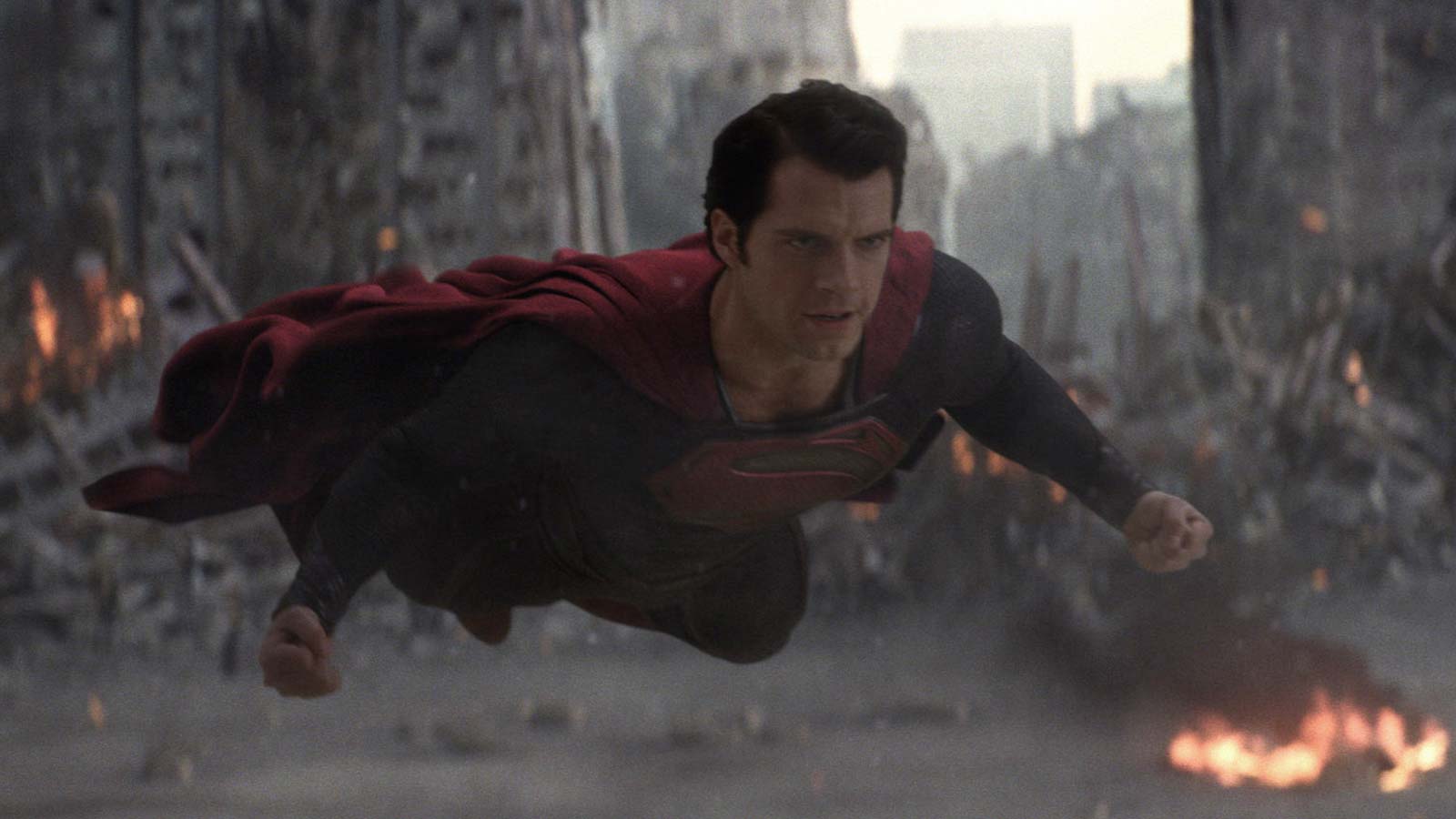
6. **Man of Steel (2013)**In 2013, the superhero landscape was forever reshaped by director Zack Snyder’s ambitious vision for a revitalized Superman origin story: *Man of Steel*. This wasn’t merely a standalone film; it was engineered as the cornerstone for an entirely new, shared universe for DC superheroes, a monumental undertaking designed to finally rival the burgeoning interconnectedness of its comic book competitor. Snyder’s “thunderous efforts” were aimed at injecting a gritty, grounded realism into the often-wholesome mythos of the Last Son of Krypton, signaling a bold, darker direction for the iconic hero and setting the stage for a new cinematic era.
However, this highly anticipated reboot, with its profound stylistic and tonal shifts, was met with a notably “mixed reception” from professional critics. The context indicates that critics were “not universally won over by Snyder’s dark vision for the DC Universe.” This hesitation stemmed from a significant departure from traditional portrayals of Superman, who has historically been depicted as a beacon of unwavering hope and optimism. Snyder’s film, with its somber palette, weighty thematic explorations of alienation and burden, and heightened sense of destruction, presented a Superman who was undeniably more complex and less conventionally heroic in his initial outings.
Critics often struggled with the film’s perceived grimness and the sheer scale of the collateral damage depicted during its climactic battles, questioning whether this darker aesthetic served the character or merely reflected a trend towards more cynical superhero narratives. The emotional distance, the deconstruction of an inherently aspirational figure, and the intensity of the action sequences, while visually striking, often alienated those seeking a more traditional, optimistic Superman story. This made *Man of Steel* a contentious point of discussion, placing it squarely in the crosshairs of critical debate about the direction of superhero cinema.
Despite the critical reservations and the polarizing discourse, *Man of Steel* undeniably captivated a substantial segment of the audience. While specific audience approval ratings are not provided in the same explicit way as for *Venom* or *Harlem Nights*, the film’s significant box office performance and its role in launching an entire cinematic universe speak volumes about its resonance with fans. Audiences, particularly those drawn to Snyder’s distinctive visual style and his penchant for epic, mythic storytelling, found much to admire. They embraced the film’s serious tone, the struggle of a nascent hero grappling with his identity and immense power, and the sheer spectacle of Kryptonian technology clashing on Earth.
For these fans, *Man of Steel* offered a refreshing, mature take on a character many felt had become stale or overly simplistic. It provided a Superman for a new generation, one who felt more grounded, more human, and whose struggles felt more relatable, even amidst god-like powers. The film sparked an intense and ongoing cultural discourse, defining a particular aesthetic for DC films and cementing Zack Snyder as a singular, if divisive, visionary whose commitment to a specific tone resonated powerfully with his ardent followers, proving that even a “polarizing” film can deeply embed itself in the hearts of its audience and profoundly influence future cinematic endeavors.
Read more about: Beyond the Blaster and the Whip: Unpacking Harrison Ford’s Legendary Roles and Enduring Stardom at 81
The cinematic landscape is a vibrant, often contentious arena where the artistic intentions of filmmakers collide with the varied expectations of critics and the boundless desires of audiences. As we’ve journeyed through these fascinating case studies, it becomes undeniably clear that the ‘why’ behind a film’s reception is rarely simple, and often, beautifully complicated. These films, once dismissed or misunderstood by the critical establishment, have found enduring life and passionate advocacy within the hearts of their fanbases. They stand as powerful testaments to the multifaceted nature of storytelling, reminding us that cinematic success isn’t a monolithic concept, but a rich tapestry woven from diverse perspectives. In the end, whether it’s the visceral thrill of a transforming robot, the heartwarming journey of an ordinary man, or the weighty struggle of a beloved hero, the films that truly last are often those that speak directly, and undeniably, to the audience who needed them most.

